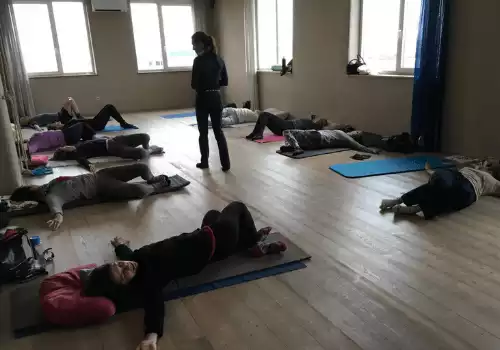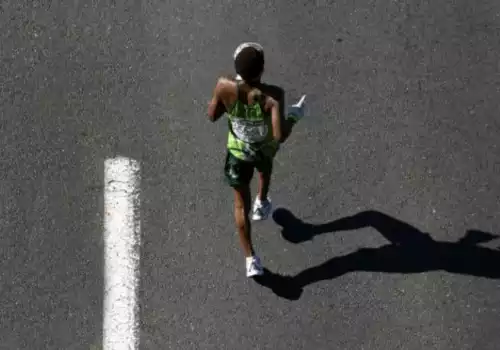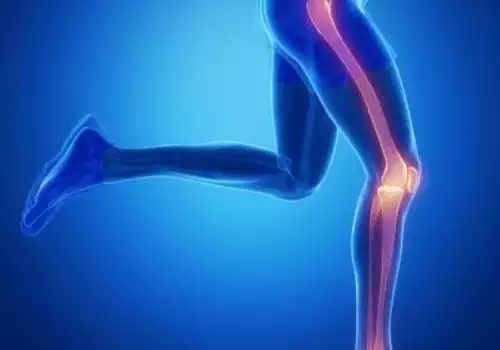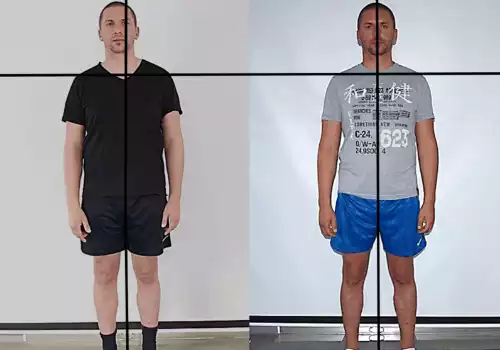CHRONIC ILLNESSES AND CONDITIONS

LEARNING THE AEQ METHOD® AS AN APPROACH TO PAIN RELIEF AND ELIMINATION
AEQ method, i.e., retraining the functioning of the mind through conscious muscle movement, we can learn. With the knowledge we gain, we can alleviate the pain caused by injuries to such emotional and physical ones, which…

CHRONIC PAIN ATTRIBUTED TO AGING
People attribute pain to aging and use old age as an excuse. But the AEQ method, a method of gentle conscious movements, does not recognize this concept, and in the workshops I explain how teachers of the…

SPORTS INJURIES
The meaning of order, rules and orderliness can be better understood by comparing sports similar to one another, such as running on the long track and speed walking. Injuries that athletes get when running are common…

PAINFUL MENSTRUATION
Dysmenorrhea is the medical term for menstrual cramps caused by uterine contractions, and it is similar to contractions at childbirth. The uterus (which is a muscle) mildly contracts throughout a woman’s menstrual cycle, however…

CONTROLLING THE MUSCLES
The main purpose of learning better muscle control is to achieve mastery. Muscle control involves much more than improving the ability to contract them. It includes increasing the ability to relax (expand) muscles, which…


HIPS, KNEES AND FEET
Why? Because the knee joint (connects the two parts of the knee) can move only in the direction backwards and forward and cannot bend in any other angle. If we move our foot to the left or the right, the knee doesn’t move…

THE PAINS OF THE MODERN WAY OF LIVING
Most of them tell me that they have problems sitting up straight for the entire workday: sooner or later, they notice how slouched they are. Such daily forced posture slowly but inevitably wears out the body and causes pain;




HUNCHED POSTURE
It is a common belief among the teachers of (correct) posture and therapists that the weak back and neck muscles are to blame for the hunched posture. But from my experience, the over-strained muscles on the front of the body…

REHABILITATION AFTER INJURY AND THE AEQ METHOD®
Accidents happen, the saying goes. Sudden and unpredictable events can cause physical injuries – everything from sprains, bruises, wounds and similar minor injuries to severe injuries that forever mark our lives.

PLANTAR FASCIITIS
Plantar fasciitis is recognized as a stabbing pain on the bottom of a foot, near the heel, and can spread to the foot arch and the toes. It is caused by an injury of the plantar fascia, a connective band of tissue that runs from the…

TRAUMA REFLEX AND INJURIES
Injuries can be caused by a blow or a fall. When a blow is anticipated, we instinctively turn away from it, which leads to getting hit on the side of our body. Those muscles then reflexively contract so that they form a shield.

PAIN IN THE FEET AND HIPS
Especially active sporty people are prone to these injuries. Many of my clients decided to take up learning of the AEQ method because of their knee problems. Furthermore, I’ve noticed the majority of my clients have the…
